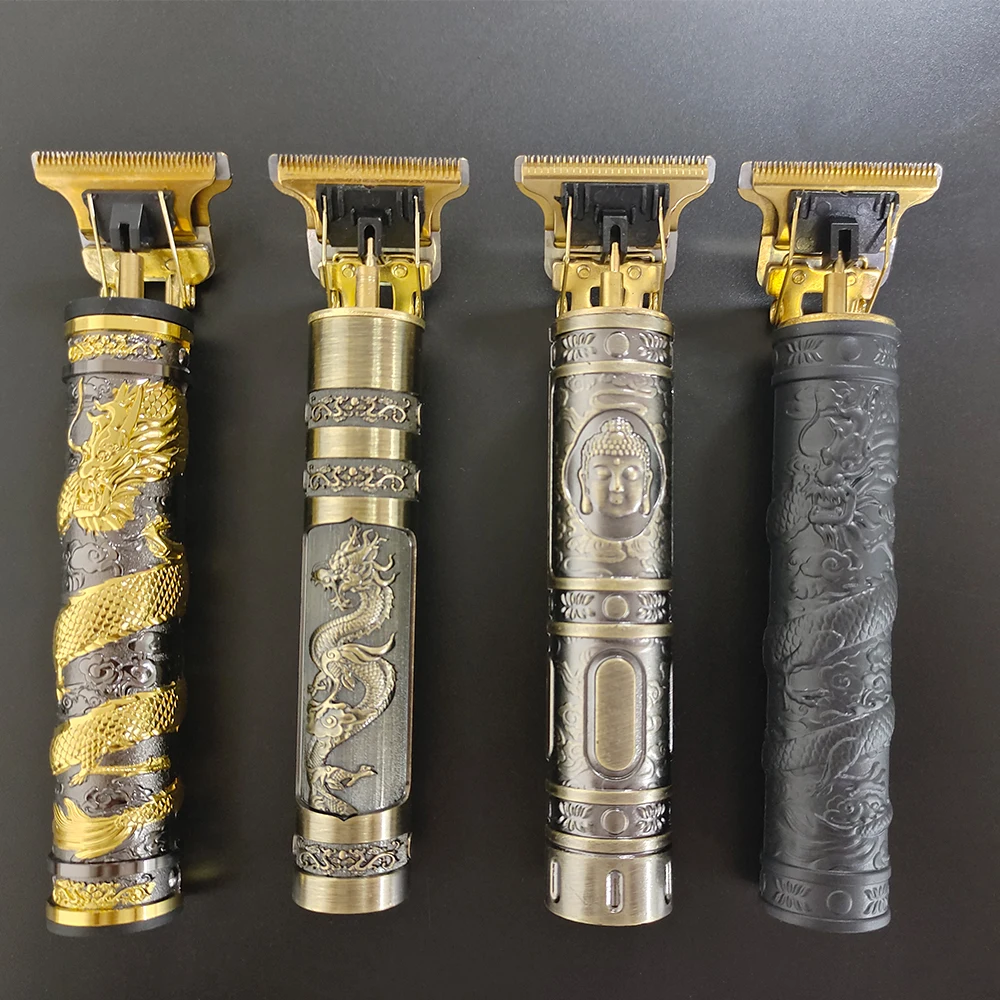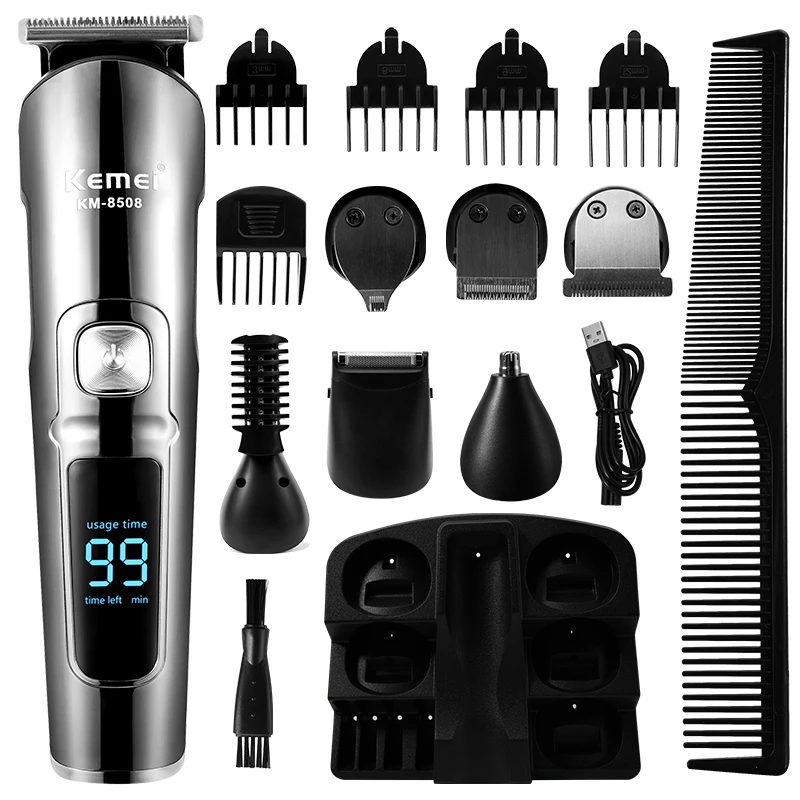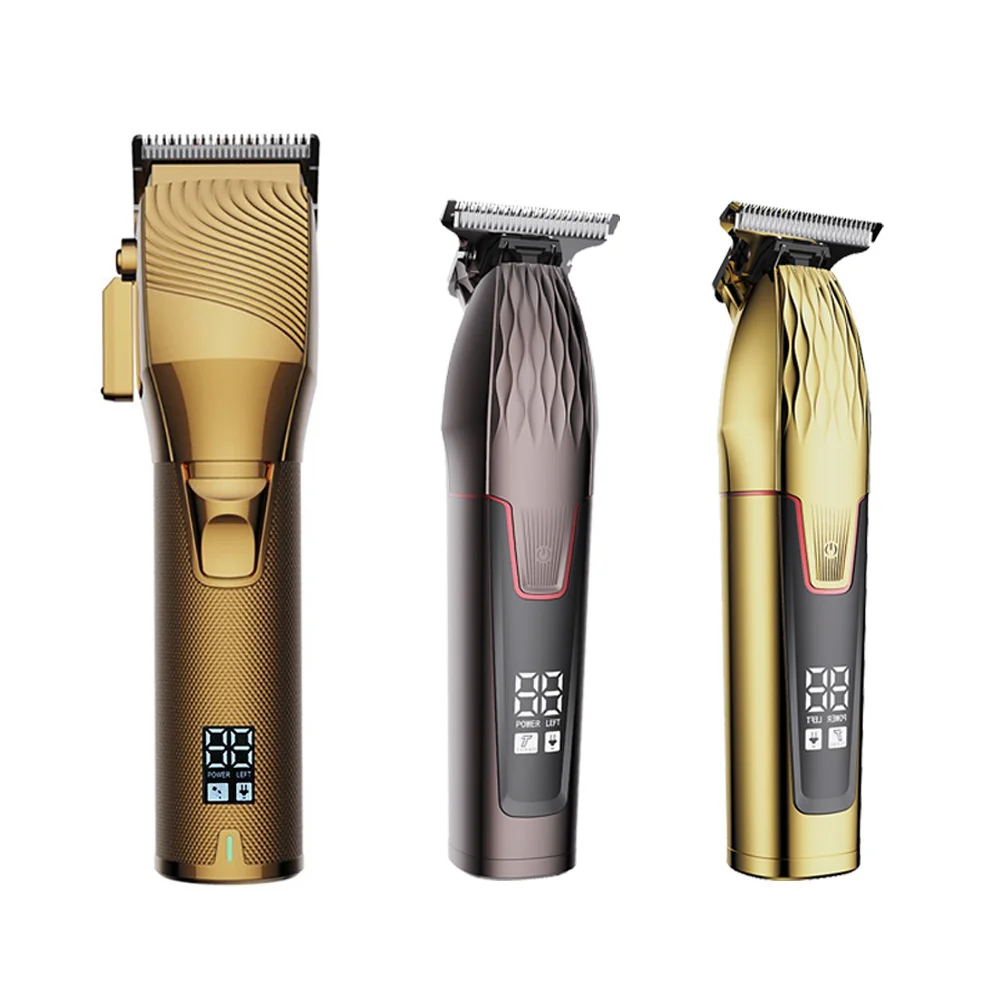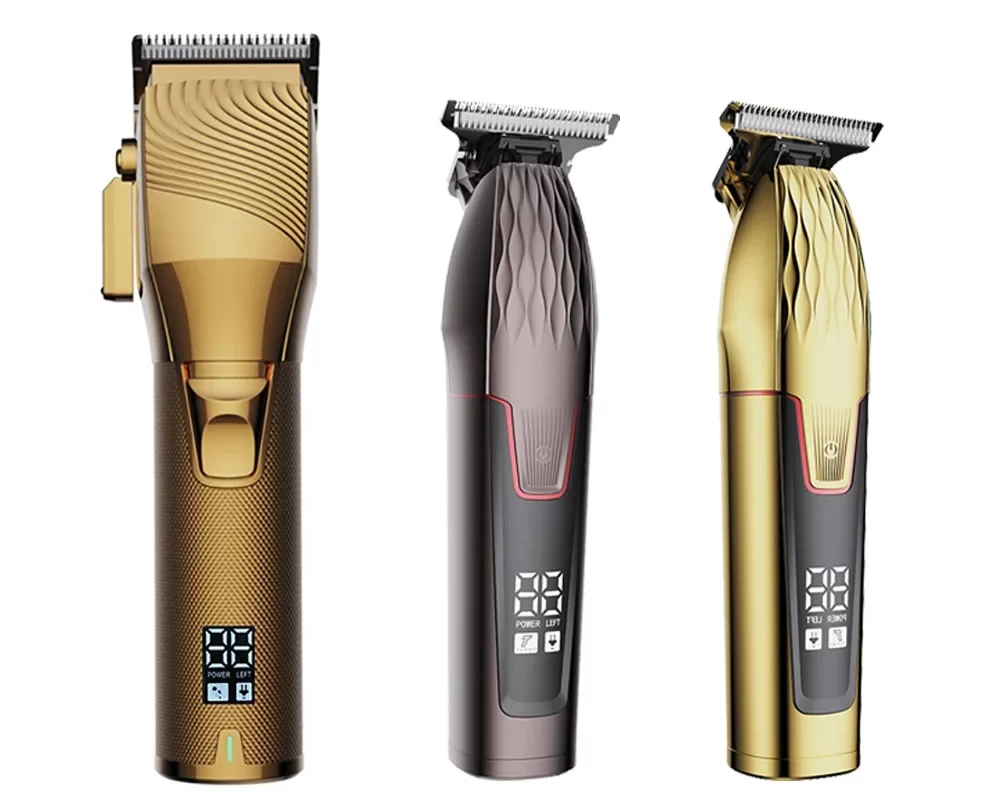Importance of Sanitizing Hair Clippers: how to sanitize hair clippers
Sanitizing hair clippers is crucial for any barber or salon. This practice keeps your tools in optimal condition, ensuring that your services are not only effective but also safe. Regular cleaning prevents the build-up of hair and skin particles that could lead to infections or skin irritations. Thus, learning how to sanitize hair clippers properly is essential to maintain high standards of hygiene and quality service.

Health and Safety for Clients
Ensuring the health and safety of your clients is paramount. Unsanitized clippers can harbor bacteria and fungi, posing significant health risks. Regular disinfection of your clippers reduces the spread of these pathogens, safeguarding your clients against potential health issues. It also enhances your reputation as a hygienic and reliable professional.
Prolonging Clipper Lifespan
Beyond health considerations, proper sanitization extends the lifespan of your hair clippers. Dirt and grime can cause blades to dull and motors to overwork. By maintaining clean and well-lubricated clippers, you minimize wear and tear. This not only ensures that your tools perform better but also saves you money in the long run by reducing the frequency of replacements.
Daily Maintenance of Hair Clippers
How to sanitize hair clippers? Maintaining your hair clippers daily is vital for longevity and hygiene. Taking care of this essential tool every day helps prevent technical issues and ensures that your cuts are always top-notch.
Removing Hair and Debris
Start by removing all hair and debris from the clippers after each use. Use a brush designed for clippers to sweep away loose hair from the blades and body of the device. This step is simple and takes just a moment but it’s key for maintaining performance.
Disinfecting with Clipper Blade Wash
After brushing, immerse the blades in a clipper blade wash solution. These solutions are designed to clean and sanitize without causing damage. Submerge only the blades for about half a minute and then turn on the clippers to help work the wash through.
Using Alcohol for Additional Disinfection
In addition to the clipper blade wash, using alcohol can further disinfect the blades. Use a shallow dish to hold the alcohol, and dip the blades in for 10 to 20 seconds. Allow them to air dry or gently dry with a soft cloth. This extra step is a great way to ensure your clippers are as clean as can be.
Proper Handling and Usage of Hair Clippers
Ensuring Correct Alignment and Handling
Proper handling of hair clippers is key for quality cuts. Always ensure that the blades align correctly before use. This prevents uneven cuts and potential harm to clients. Hold clippers firmly to control them with precision during haircuts. Follow the manufacturer’s guide for attaching and aligning blades. Regular checks keep your clippers working well. This leads to happy clients and fewer blade replacements over time.
Avoiding Damage from Improper Use
To avoid damaging your clippers, use them as intended. Do not force clippers through thick hair or use them on dirty hair; this dulls blades fast. Keep your clippers away from water to prevent rusting. Also, avoid dropping them on hard surfaces. This can misalign blades or break internal components. Only use clippers for cutting hair. Using them for other purposes can cause unforeseen damage. If your clippers fall or seem out of alignment, fix them before the next use. This ensures consistent performance and prolongs the life of your tools.
 Essential Oiling Routine
Essential Oiling Routine
A well-oiled clipper is a happy clipper, which means smoother cuts and a longer lifespan for your tools. Oiling your clippers should be a key component of your daily maintenance routine. Not only does it keep the blades sharp, but it also prevents rust and reduces the wear and tear that comes with frequent use. Here’s how to incorporate oiling into your routine effectively.
Applying Oil Post-Cleaning
After cleaning and disinfecting your blades with clipper blade wash and alcohol, applying oil is the next step. This helps maintain the blade’s edge and ensures they glide effortlessly through hair. To oil your clippers, place a small drop of oil on the corners and center of the blade then turn on the clippers for a few seconds. This motion distributes the oil evenly, providing a thin protective layer against corrosion. Remember, a little goes a long way—don’t overdo it or you’ll end up with a greasy mess.
Overnight Oil Treatment
An overnight oil treatment can work wonders for your clippers. Once the post-cleaning oil application is done, place a fresh drop of oil on the blades before you wrap up for the day. Leave the clippers inactive overnight to let the oil penetrate the blades. This treatment ensures that your clippers are well-lubricated and ready for action the next day. In the morning, wipe any excess oil with a soft cloth to prepare for your first client. This step helps to bolster protection against rust that could form due to humidity or other environmental factors. Implement these oiling practices consistently, and your clippers will stay in prime condition for years to come.
Recognizing When to Service Your Clippers
Knowing when to service your clippers is crucial for optimal performance and durability. Regular servicing ensures that your clippers stay in top condition, reducing the likelihood of damages that could affect your service quality.
Identifying Common Signs of Wear
Regular inspection of your clippers can help you identify early signs of wear. Here are some indicators to watch for:
- Blades becoming dull: If your clippers pull hair or don’t cut as efficiently, the blades might be dull.
- Unusual noises: Any rattling or loud noises from the clippers suggest internal issues.
- Power issues: If your clippers turn off randomly or do not start easily, they might need servicing.
These signs alert you early, preventing major damages and ensuring seamless operation.
Addressing Operational Issues
Once you notice these signs, here’s how to address them:
- Sharpen or replace blades: Dull blades require sharpening or replacement to maintain cutting efficiency.
- Check internal components: Noises can result from loose parts. Tightening them might solve the issue.
- Inspect the power supply: For power issues, inspect the cord, battery, and switch. Replacements might be necessary.
taking care of these issues not only prolongs the lifespan of your clippers but also ensures the safety and satisfaction of your clients.
 Advanced Cleaning Techniques
Advanced Cleaning Techniques
Incorporate advanced cleaning techniques to ensure thorough sanitation. Deep cleaning every week or more frequently, depending on use, rounds out a strong maintenance routine.
Cleaning Procedures
Deep clean your clippers to eliminate all residue. Start by unscrewing the blades. Use a brush to remove trapped hair and debris. Next, soak the blades in a disinfecting solution like Barbicide for up to 10 minutes. Then, rinse and dry them thoroughly before reattaching. This process prevents the accumulation of buildup that can lead to malfunctions.
Utilizing Different Disinfectants
Various disinfectants can be used for deep cleaning. Apart from Barbicide, isopropyl alcohol is a reliable choice. Soak blades for a few minutes, then rinse and dry. Another option is distilled white vinegar. Submerge the blades briefly, rinse, and dry. Remember to never use water alone for cleaning; it can cause rust. Proper use of these disinfectants will help keep your clippers in top condition.
Conclusion: how to sanitize hair clippers
Sanitizing hair clippers is a crucial step in maintaining hygiene, ensuring comfort, and prolonging the life of your grooming tools. By following the steps outlined in this guide and making sanitation a regular part of your grooming routine, you can deliver a safe experience to everyone who trusts you with their hair. Ultimately, prioritizing cleanliness in tool maintenance not only benefits you and your clients but also promotes overall health and safety.

